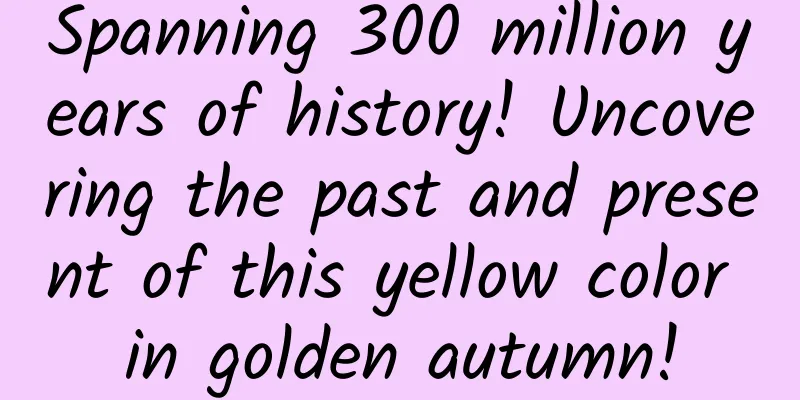The efficacy and function of Lao Ya Hu

|
Lao Ya Hu is a kind of traditional Chinese medicine. It is very helpful to the human body in treating certain diseases. Moreover, this kind of medicine is also widely used. When choosing Lao Ya Hu, you need to understand its efficacy, effects and contraindications. Let's take a look at it below. [Alias] Aglaonema (Illustrated Catalogue of Plant Names and Realities), fish gall (Chinese Tree Taxonomy), ox tongue, monkey grass, bran grass, porridge fragrance (Fujian Folk Herbs), no turning leaves, large sparrow rice, chicken rice tree, rapeseed wood, red bubble fruit (Guizhou Folk Medicine), firecrackers, road gold, hundred-seed explosion, rice sieve flower, rice sieve, large-leaf carp diarrhea, hairy wind (Zhejiang Folk Commonly Used Herbs). [Source] It is the root, stem, leaf and fruit of the Verbenaceae plant Laoyahu . Harvested from May to October, used fresh or sun-dried. 【Original form】 Shrub, up to 3 meters high. Branchlets pubescent or smooth. Leaves are opposite; broadly elliptic to elliptic-ovate or elliptic-lanceolate, 5-10 cm long, gradually pointed at the apex, broadly cuneate at the base, with small teeth or tooth-like margins, sparsely covered with stellate hairs and glandular dots on the underside; petiole 0.5-1 cm long. The inflorescence is densely packed with corymbs, 2 to 3 cm in diameter; the peduncle has short soft hairs, which are as long as or shorter than the petiole; the flowers are water red; the calyx is short-bell-shaped and truncate; the corolla is short-tubular and 4-lobed; there are 4 stamens, 7 mm long, the filaments are longer than the lobes of the corolla, and the anthers are broadly elliptic; there is 1 pistil and the ovary has 4 chambers. Drupe, violet purple, 3-4 mm in diameter. Flowering period is from July to September. The fruiting period is from September to October. [Habitat distribution] Growing in mountain wilderness. Distributed in Shaanxi, Jiangsu, Zhejiang, Anhui, Jiangxi, Hubei, Sichuan, Yunnan, Guangdong, Fujian and other places. 【Nature and flavor】 Bitter, pungent, cool. 【Functions and indications】 Dispel wind, remove dampness, disperse blood stasis and detoxify. Treat rheumatic joint pain, contusions, traumatic bleeding, and hematuria. [Usage and Dosage] For oral use: decoct in water, 0.5-1 liang; or grind into powder. For external use: mash and apply or decoct in water for fumigation and washing. [Additional prescription] ① Treat arthritis: 2 liang of old crow root, half a jin of pig's trotters, and 2 liang of rice wine. Add water and boil it for drinking. (Fujian Folk Herbs) 【Excerpt】 《*Dictionary》 From the above explanation, we have some understanding of the effects and functions of Lao Ya Hu. If there are any symptoms of discomfort in the body, you can use Chinese medicine to regulate it. Chinese medicine has a long history of treating diseases, so you can eat it with confidence. |
<<: The efficacy and function of old crow flower vine
>>: The efficacy and function of the root of old jatropha
Recommend
The most effective herbal remedies for cough
Coughing is actually very annoying because such s...
Are all viruses harmful and have no benefits?
When it comes to viruses, what do you think of? S...
Effects of Angong Niuhuang Pills
There are many medicines in our lives that everyo...
Do people with photographic memories really exist?
© Genetic Literacy Project Leviathan Press: The w...
Do you take anti-inflammatory drugs when you have a cold? Can vitamin C and ginger tea cure colds? Let me tell you the answer today!
Experts in this article: Shi Jun, Shichahai Commu...
What are the side effects of Ginkgo biloba?
Ginkgo leaf tablets are processed and refined fro...
The efficacy and function of maple parasite
The medicinal value of maple parasite is beyond o...
What is the difference between processed Shouwu and He Shouwu
Polygonum multiflorum is a kind of medicinal mate...
Can eating garlic regularly lower blood pressure? Doctor: If you want to stabilize your blood pressure, you really should eat less of these 3 types of food
Reviewer of this article: Chen Haixu, Deputy Dire...
The hot-selling "bare leg artifact" is actually a "modern torture device"? A 23-year-old girl got paronychia from being strangled...
The cold wind is blowing You who love beauty Have...
The efficacy and function of Ceylon cinnamon
Ceylon cinnamon is a very common type of traditio...
What is the difference between rhubarb and coptis chinensis?
Some people who don't know much about these t...
Multiple rounds of heavy rain are coming! What should I do if my car is soaked or washed away? This article explains it all, save it now!
Since June this year, heavy rains and floods have...
Without ultraviolet rays, meteorite impacts, or volcanic eruptions, life on Earth originated from...
How did the first chemical reactions at the origi...



![Effects and functions of Corydalis yanhusuo[picture]](/upload/images/67ca6834bc1d6.webp)





